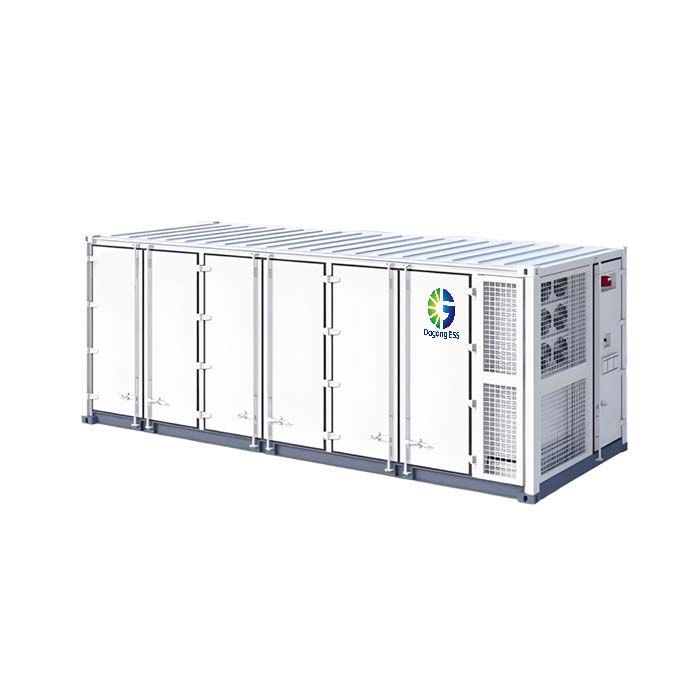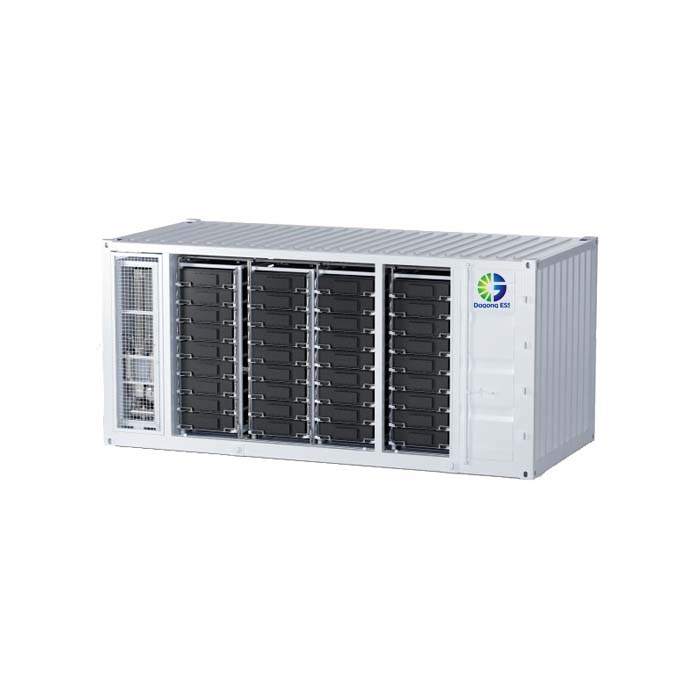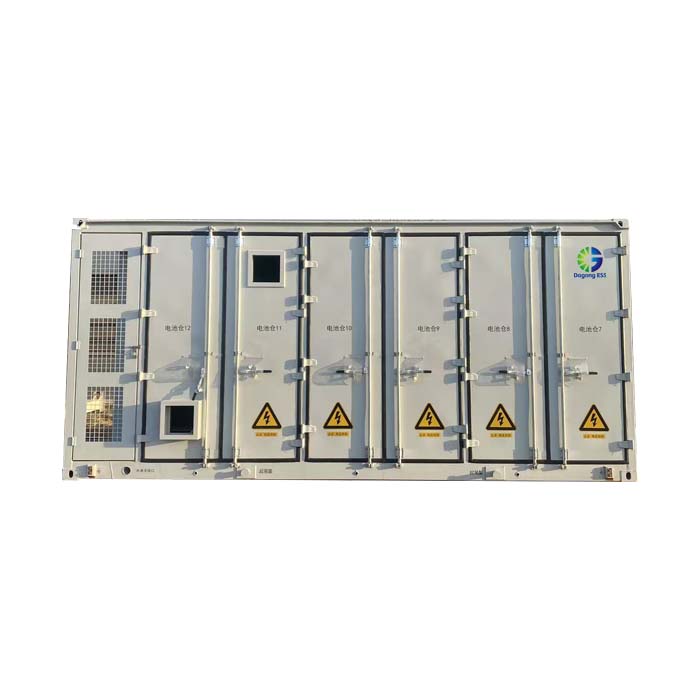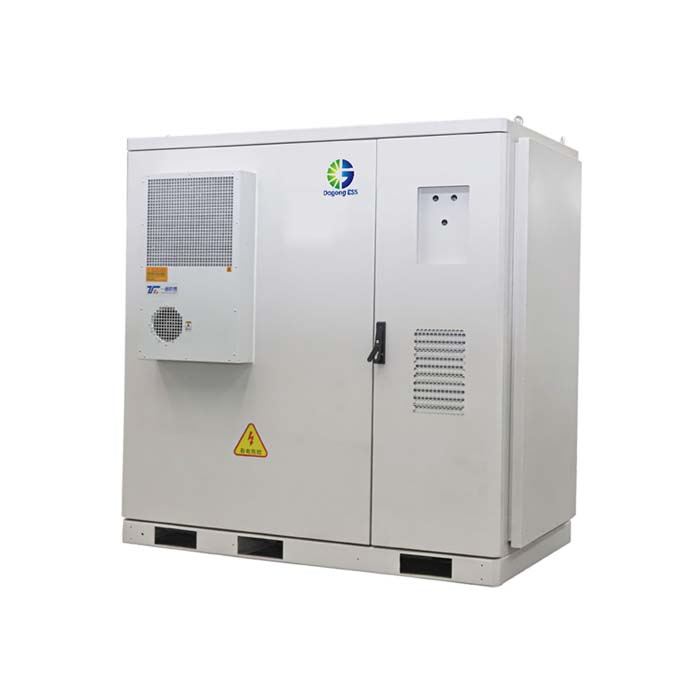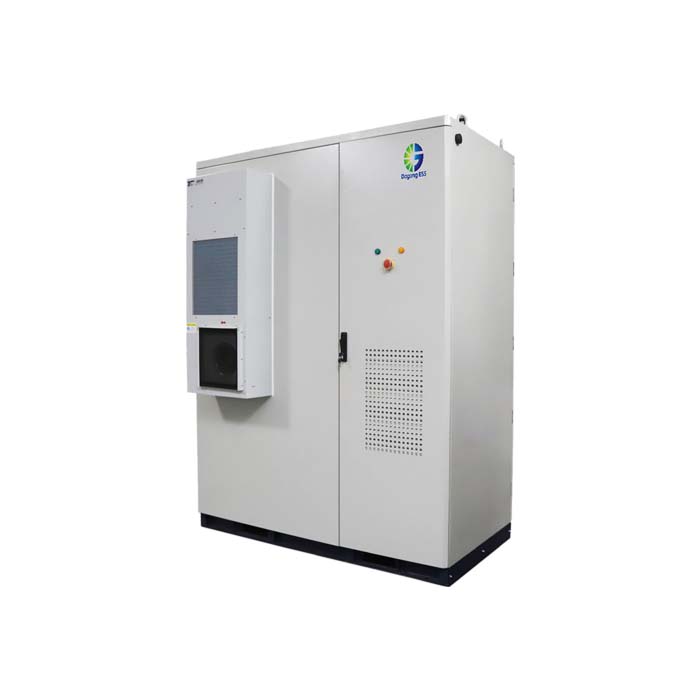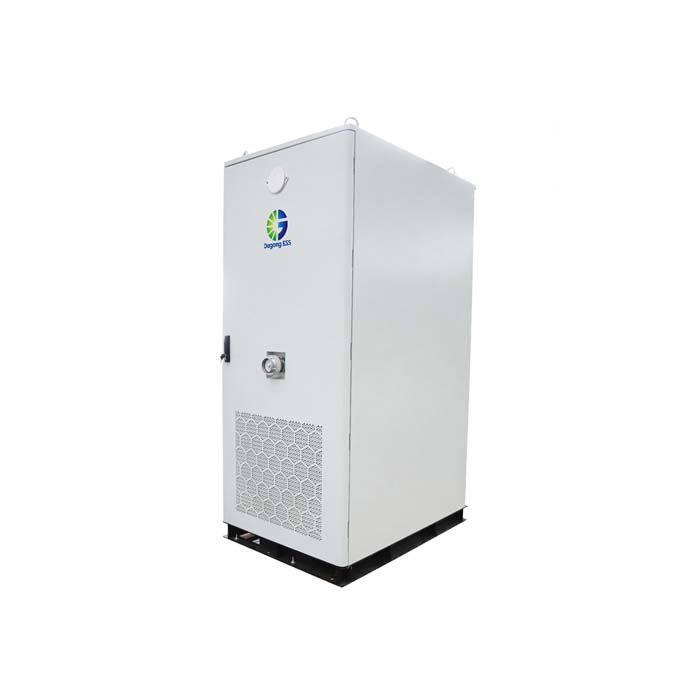Daisy Chain Communication in BMS: A Growing Trend with Practical Boundaries in ESS
What is Daisy Chain Communication?
In the context of energy storage systems (ESS), Daisy Chain Communication refers to a sequential wiring topology in which multiple slave devices—such as battery modules—are connected one after another to a single communication line. Unlike traditional star or ring topologies that require individual cables to each node or use central hubs, daisy chain simplifies cabling and enhances data routing efficiency. It is often used with protocols like RS-485, CAN, or newer serial buses.
Why Daisy Chain is Gaining Popularity in BMS?
For large-scale battery energy storage systems, especially those using a centralized Battery Management System (BMS) architecture, daisy chain communication offers several advantages:
Wiring Simplification: Reduces the number of cables and connectors, which lowers labor costs and installation complexity—particularly important for systems involving dozens or even hundreds of battery modules.
Cost Efficiency: Fewer connectors and harnesses reduce overall hardware costs, making it attractive for price-sensitive commercial and industrial ESS deployments.
Centralized Monitoring: Facilitates real-time data collection and unified control from the master BMS, improving battery cluster coordination and performance tuning.
Modular Scalability: Easier to expand system capacity by simply adding more modules to the chain, which supports flexible deployment strategies in modular ESS solutions.
Dagong ESS leverages daisy chain communication in its Air-Cooled and Liquid-Cooled C&I battery cabinets (ranging from 100kWh to 372kWh), as well as in containerized systems up to 5MWh, achieving both operational efficiency and system compactness.
Challenges and Limitations
However, daisy chain communication is not a universal solution. Its linear topology also introduces some inherent tradeoffs, especially in high-speed, high-reliability, or electrically noisy environments:
Interruption Risk: If a single module in the chain fails or loses connection, downstream communication may be disrupted, unless bypass or redundancy is designed in.
Signal Delay: Each hop in the chain introduces latency, which may become non-negligible in systems requiring fast response times.
EMI Susceptibility: Long serial lines are more prone to electromagnetic interference (EMI), especially in industrial environments with motors, inverters, or other high-power devices.
Limited Fault Isolation: Unlike star topologies, identifying and isolating faults in a daisy chain can be more time-consuming, affecting system maintainability.
Use Case Boundaries: Where Daisy Chain Fits and Where It Doesn't
Daisy chain communication is best suited for:
Low to medium-speed communication needs
Modular and scalable BMS architectures
Cost-sensitive commercial and industrial applications
Centralized system designs with controlled operating environments
But in scenarios where real-time control, low-latency response, and robust fault tolerance are critical—such as braking systems, electric vehicles, or heavy machinery—traditional CAN Bus or redundant ring topologies may still be the preferred choice.
Future Outlook: Standardization and Resilience
With ongoing advances in protocol standardization (e.g., IEEE P2872) and electrical protection technologies, daisy chain communication is expected to gain wider adoption. Innovations in hot-swap designs, self-healing topologies, and hybrid BMS architectures may also help mitigate its current limitations.
Yet, it is important to approach the trend rationally. Daisy chain is a powerful tool, especially for centralized ESS configurations, but it is not a one-size-fits-all solution.
About Dagong ESS
Dagong ESS specializes in advanced lithium iron phosphate (LFP) energy storage solutions, offering scalable products for residential, commercial, and utility-scale applications. From stackable 5–80kWh home systems to modular 5MWh containerized ESS, Dagong integrates smart communication topologies like daisy chain to meet evolving global energy demands.
Learn more: www.dagongess.com
Contact: sales@dagongess.com


